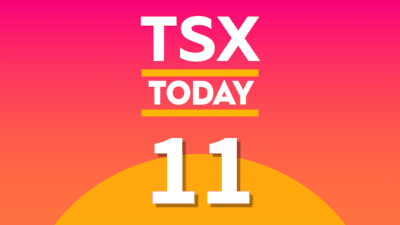Do you want to max out your Registered Retirement Savings Plan (RRSP)? It’s a noble goal, but it comes at a price. If you max out your RRSP, you may have to pay some heavy taxes down the line. Provided that your RRSP realizes some kind of positive return, it is likely to save you a lot of money over the long run. However, depending on how much tax you have to pay on your RRSP withdrawals, you can pay heavy penalties.
In this article, I will explore the unfortunate truth about maxing out your RRSP — and the positive note you can take away from it.
RRSP taxes on withdrawal can be heavy
The unfortunate part about maxing out your RRSP is that you will have to pay taxes on all of your RRSP holdings in the future. The reason is that RRSPs are fully taxable upon withdrawal. Unlike dividends and capital gains in regular accounts, which enjoy tax credits, RRSP income is taxable at your marginal tax rate when you go to withdraw in the future. If your tax rate is high, then your taxes on RRSP withdrawals will be high.
Consider this example:
You send $28,000 — your maximum for the year — into Royal Bank of Canada (TSX:RY) stock. RY is a mature bank stock that a lot of Canadians like to hold in their RRSPs. Even if you don’t hold it directly, you probably have some exposure via an ETF.
In this case, we’ll assume the stock triples in value over the investor’s holding period — so, the stock price gain and dividends combined come to $84,000. If the investor has a 50% marginal tax rate when they go to retire, then they will pay $42,000 in taxes on whatever of that is withdrawn. That’s much higher than the capital gains tax on the same position, although the investor will have skipped several annual dividend taxes over the years.
The good news is that the $28,000 deposit at the beginning will (assuming a 50% tax rate) trigger a $14,000 refund that can be invested back into the RRSP. Any returns earned on that $14,000 are basically “pure profit,” because they came from an RRSP tax refund.
What you can do about it
If you’re worried about RRSP withdrawal taxes eating into your returns, what you can do is spread your money across an RRSP and a Tax-Free Savings Account (TFSA). A TFSA is an account that changes your tax treatment, much like an RRSP. However, the TFSA’s tax treatment is much simpler than the RRSP’s is: the assets held in the account are simply never taxed, ever. So, if you hold Royal Bank of Canada stock in a TFSA, you can rest easy knowing that you won’t be taxed.
Foolish takeaway
The RRSP is a powerful account. But if you find yourself still working past age 72, watch out. RRSP withdrawals can be quite steep if you have a high tax rate in retirement. Perhaps it’s best, then, to spread your money out across an RRSP and a TFSA. If you do that, then a large part of your portfolio will never be taxed.







